When progressive glasses were first introduced in the 1960s, they were promoted as providing a more natural form of vision that would replace bifocals and trifocals. It soon became apparent that this was not the case. Indiscriminate use of the lenses led to a very high rejection rate.
Furthermore, zones of distorted vision, which are inherent in all progressive lenses, were very problematic in earlier designs and severely limited the use of this design.
For example, I recall a patient in her fifties who had an “accident free” driving record until she wore progressive glasses. Within a period of two weeks, she had “ripped” the side of a parked vehicle by passing too closely and reversed into a gate. Once these lenses were replaced with bifocals her driving performance was restored.
Although current computer-assisted designs have minimised distortion zones and expanded the areas of clear vision, progressives still have limitations. While there are millions of enthusiastic wearers, there are nevertheless those who are unable tolerate this type of lens.
There are a number of reasons for this intolerance. It is essential that the lenses are precisely aligned with the patient’s eyes. Sophisticated instruments are now available to ensure extremely precise lens alignment.
Furthermore, dispensing errors, which are not obvious because of the invisible zones, can cause blurred vision and visual discomfort. However, all wearers, especially those who have not previously worn progressives, experience an “adaptive period” which can last from a few days to several weeks.
For some patients this adaption period forms a barrier to success, while for others their visual demands, such as prolonged computer operation, make general-purpose progressives less suitable. For this reason, success depends on providing realistic expectations and matching the lens with the patient’s visual requirements.









